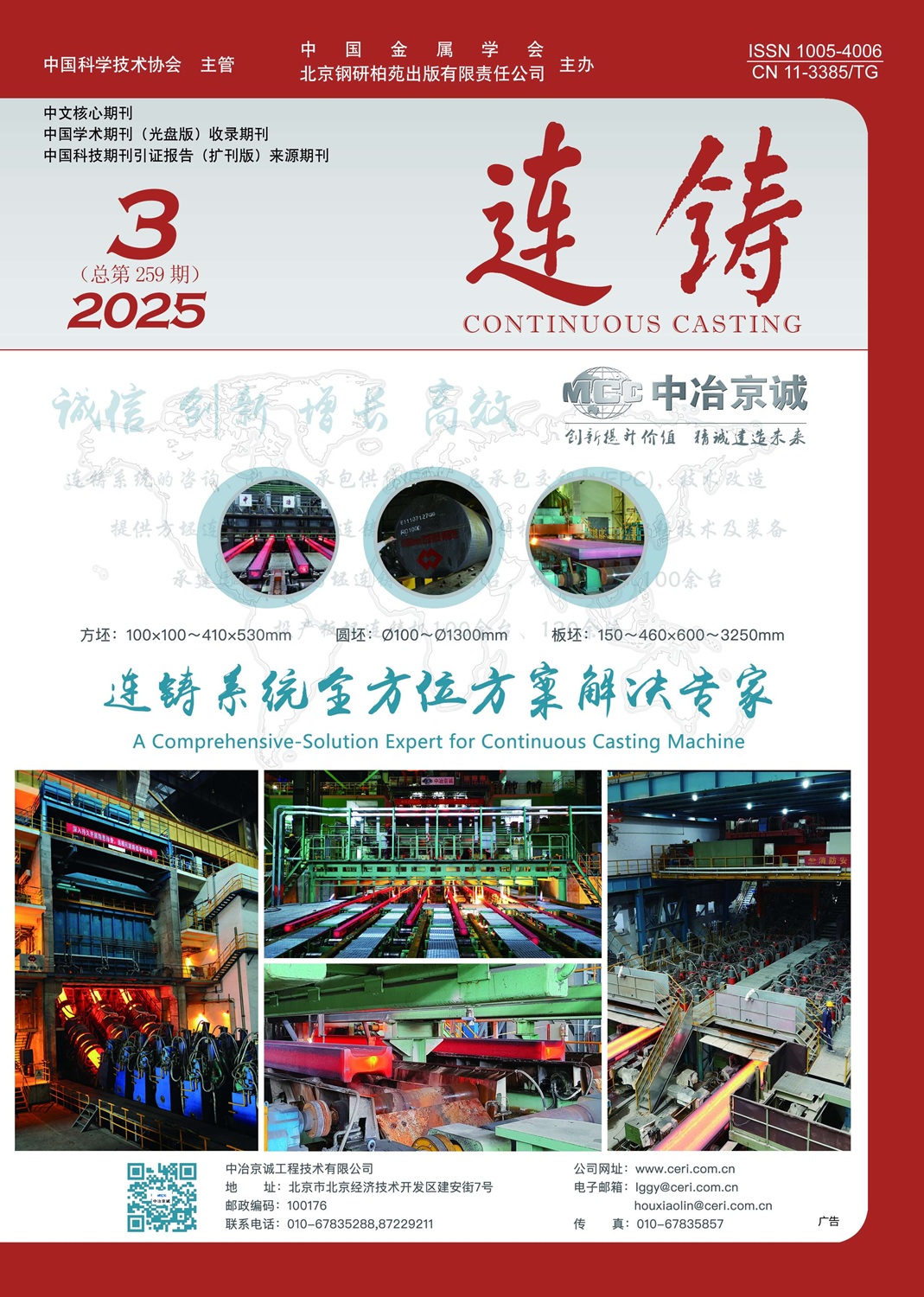





| 2025 Vol.44 | No.3 | No.2 | No.1 | |||
| 2024 Vol.43 | No.6 | No.5 | No.4 | No.3 | No.2 | No.1 |
| 2023 Vol.42 | No.6 | No.5 | No.4 | No.3 | No.2 | No.1 |
| 2022 Vol.41 | No.6 | No.5 | No.4 | No.3 | No.2 | No.1 |
| 2021 Vol.40 | No.6 | No.5 | No.4 | No.3 | No.2 | No.1 |
| 2020 Vol.39 | No.6 | No.5 | No.4 | No.3 | No.2 | No.1 |
| 2019 Vol.38 | No.6 | No.5 | No.4 | No.3 | No.2 | No.1 |
| 2018 Vol.37 | No.6 | No.5 | No.4 | No.03 | No.2 | No.1 |
| 2017 Vol.36 | No.06 | No.5 | No.04 | No.03 | No.2 | No.1 |
| 2016 Vol.35 | No.6 | No.5 | No.4 | No.3 | No.2 | No.1 |
| 2015 Vol.34 | No.6 | No.5 | No.4 | No.3 | No.2 | No.1 |
| 2014 Vol.33 | No.6 | No.5 | No.4 | No.3 | No.2 | No.1 |
| 2013 Vol.32 | No.6 | No.5 | No.4 | No.3 | No.2 | No.1 |
| 2012 Vol.31 | No.6 | No.5 | No.4 | No.3 | No.2 | No.1 |
| 2011 Vol.30 | No.6 | No.5 | No.4 | No.3 | No.2 | No.1 |
| 2010 Vol.29 | No.6 | No.5 | No.4 | No.3 | No.2 | No.1 |
| 2009 Vol.28 | No.6 | No.5 | No.4 | No.3 | No.2 | No.1 |